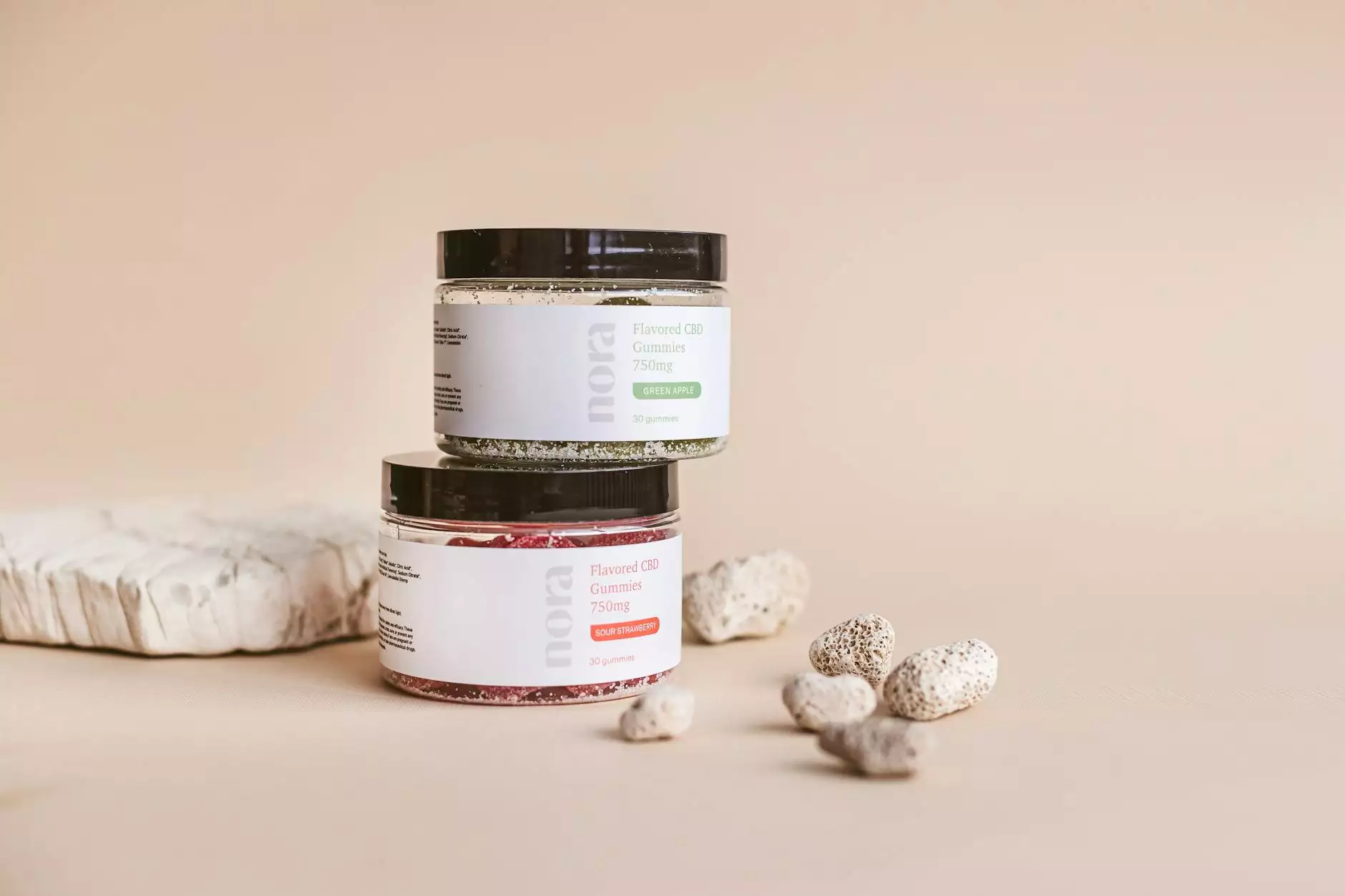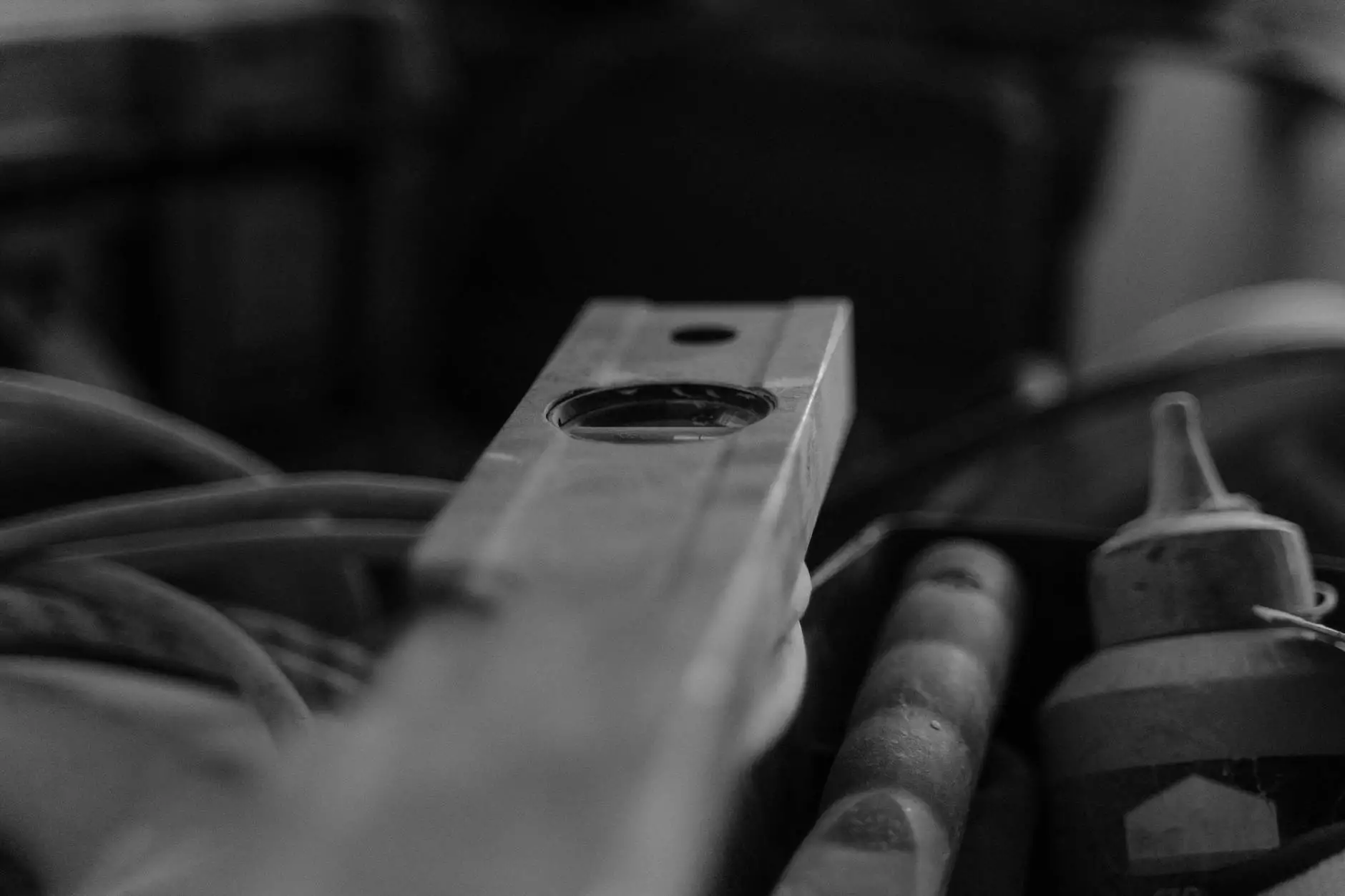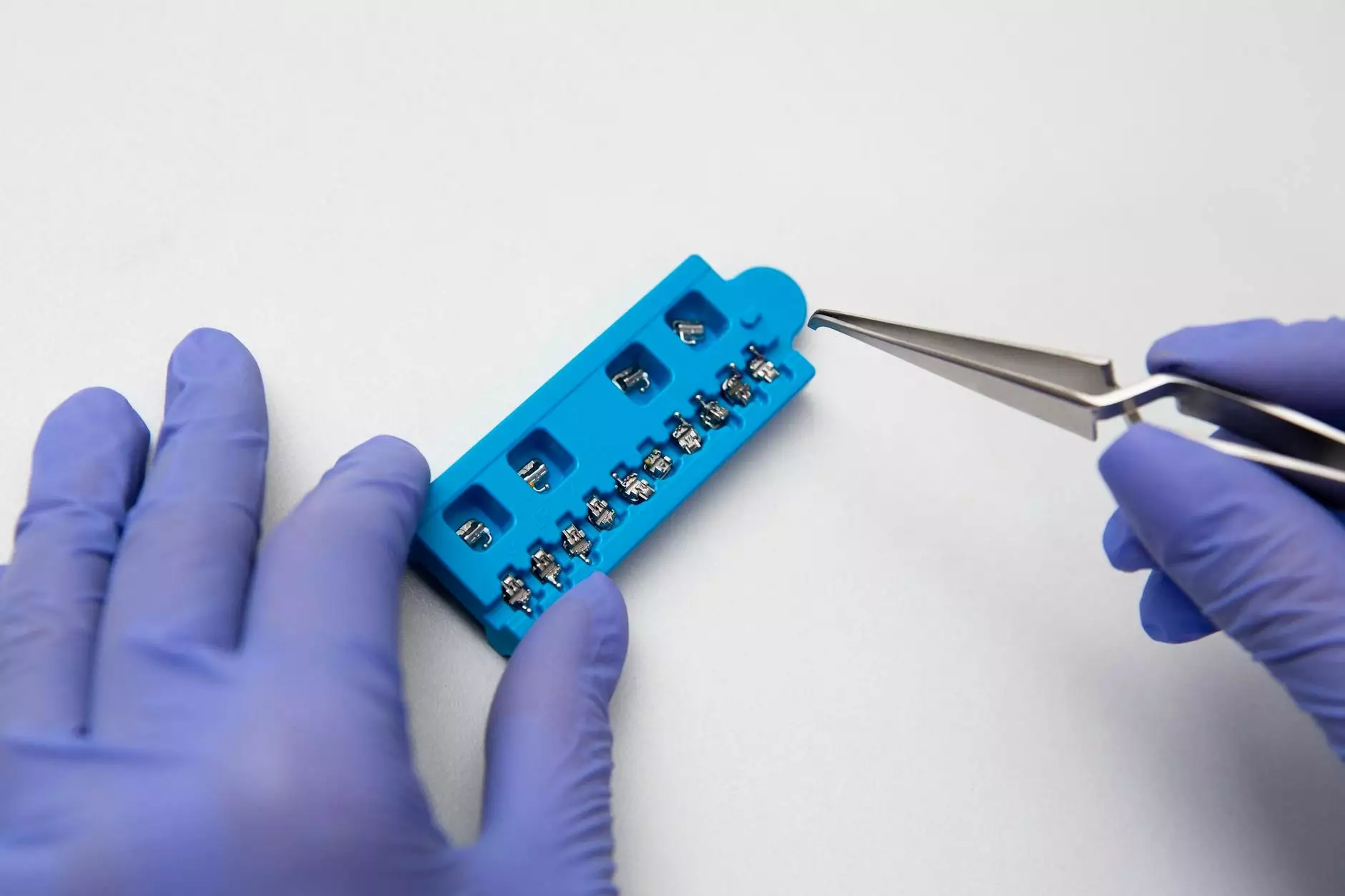Understanding Foot Calluses: Comprehensive Insights and Solutions

Foot calluses are thickened layers of skin that develop on the feet as a protective response to friction, pressure, and irritation. While these thickened areas can serve a protective function, they can also be uncomfortable and unsightly. In this article, we will delve into the details surrounding foot calluses, their causes, treatment options, and effective prevention strategies.
What Are Foot Calluses?
Foot calluses are primarily formed on the soles of the feet, particularly in areas that experience repetitive pressure or friction, such as the balls of the feet, heels, and the sides. They develop as the skin’s natural response to protect itself from further damage. While some may see calluses as a normal part of foot health, they can sometimes lead to complications if not managed properly.
Causes of Foot Calluses
Understanding the underlying causes of foot calluses is crucial for effective treatment and prevention. Here are some common reasons why calluses form:
- Improper Footwear: Shoes that are too tight, too loose, or lack proper support can create undue pressure on certain areas of the foot, leading to callus formation.
- High-Impact Activities: Engaging in activities like running, dancing, or other sports can increase friction on foot surfaces, resulting in calluses.
- Foot Structure: Anatomical anomalies such as bunions, hammertoes, or flat feet can redistribute weight and pressure, contributing to callus development.
- Pedal Habits: Long periods of standing or walking barefoot can exacerbate the formation of calluses as the skin thickens in response to the stress.
- Moisture Levels: Excessive moisture can weaken the skin, whereas extremely dry conditions can also lead to thickening as the skin tries to protect itself.
How to Identify Foot Calluses
Identifying foot calluses is relatively straightforward. Look for the following signs:
- Thickened Skin: The most obvious sign is a patch of thick, hardened skin.
- Yellowish or Grayish Color: Calluses often appear discolored compared to the surrounding skin.
- Rough Texture: Unlike the surrounding skin, calluses typically have a rough, uneven texture.
- Pain or Discomfort: While many calluses are painless, some can become sore, especially when worn shoes rub against them.
Treatment Options for Foot Calluses
Fortunately, there are several effective methods for treating foot calluses. The appropriate treatment will depend on the severity and location of the callus, as well as personal comfort level. Here are some recommended approaches:
1. At-Home Treatments
Simple at-home remedies can be effective in managing mild to moderate foot calluses:
- Soaking Feet: Soaking your feet in warm soapy water for 10-15 minutes can help soften callused areas, making them easier to remove.
- Pumice Stone: Gently rubbing the callus with a pumice stone can help slough off the thickened skin. Ensure to do this after soaking your feet.
- Moisturizers: Using a rich moisturizer or specialized foot cream can keep the skin hydrated, helping to prevent excessive thickening. Choose creams containing ingredients like urea or salicylic acid for best results.
- Over-the-Counter Pads: There are various medicated pads available that can assist in softening calluses over time.
2. Professional Treatments
If at-home treatments do not provide relief or if the calluses are particularly painful, consider consulting a podiatrist for professional assistance. Options may include:
- Debridement: A podiatrist can safely remove thickened skin using specialized techniques, resulting in immediate relief.
- Prescription Medications: In cases where calluses are caused by underlying skin conditions, your podiatrist may prescribe topical treatments to address the issue.
- Orthotics: Custom orthotic devices can help redistribute pressure across the foot, alleviating potential causes of callus formation.
- Foot Surgery: In extreme cases, surgical intervention may be recommended to correct structural abnormalities contributing to callus development.
Preventing Foot Calluses
Prevention is always better than cure. Here are some proactive strategies you can implement to reduce the likelihood of developing foot calluses:
1. Choose Proper Footwear
Select shoes that fit well and provide adequate support. Avoid high heels or overly tight shoes that place excessive pressure on your feet.
2. Maintain Foot Hygiene
Regularly wash and moisturize your feet to keep the skin healthy and reduce the chances of thickened skin.
3. Incorporate Foot Care Into Your Routine
Consistently use pumice stones or foot scrubs during your bathing routine to keep calluses at bay.
4. Be Mindful of Activities
If you frequently engage in activities that put stress on certain areas of your feet, take breaks and allow your feet to rest.
5. Regularly Evaluate Your Feet
Keep an eye on your feet for any changes in appearance or discomfort. Early detection of potential problems can lead to quicker resolutions.
When to Seek Professional Help
If you notice any of the following conditions, it may be time to consult a doctor or podiatrist:
- Severe pain or discomfort from calluses that interfere with daily activities.
- Signs of infection, such as redness, swelling, or discharge around a callus.
- Diabetes or circulatory issues that are affecting your feet.
- Difficulty in managing calluses at home despite following a regular foot care regimen.
Conclusion
Foot calluses are a common yet manageable condition that can affect anyone at different stages of life. By understanding their causes, utilizing appropriate treatments, and implementing preventive measures, you can maintain healthy feet and improve your overall quality of life. Remember, if your calluses become severe or do not improve with standard care, don’t hesitate to seek professional advice from a podiatrist. Your feet deserve holistic and thorough care for optimal health.
For more personalized foot care solutions, visit thefootpractice.com.









